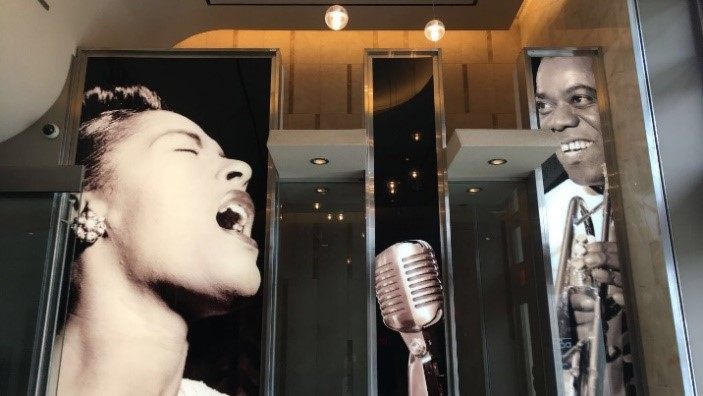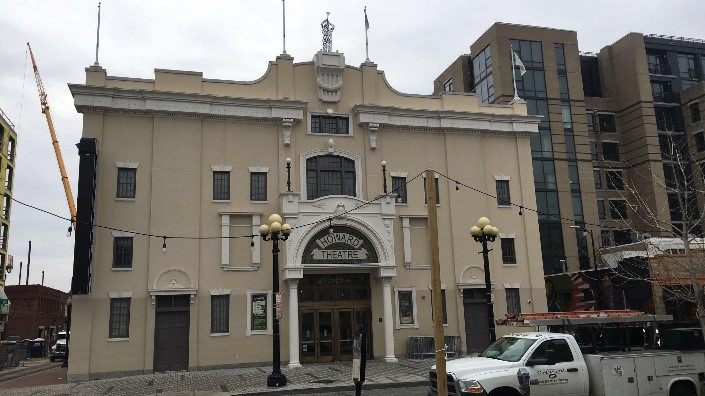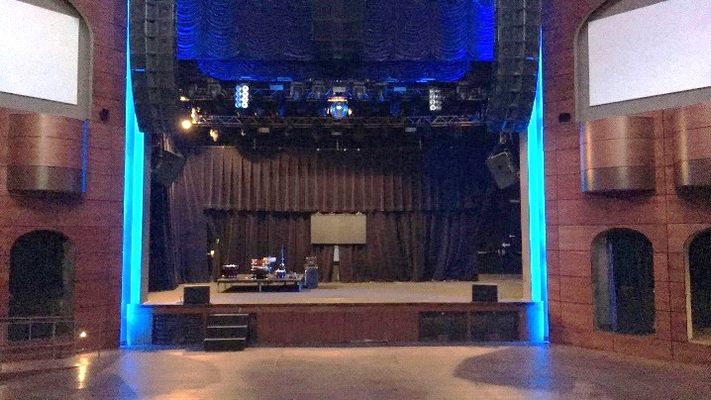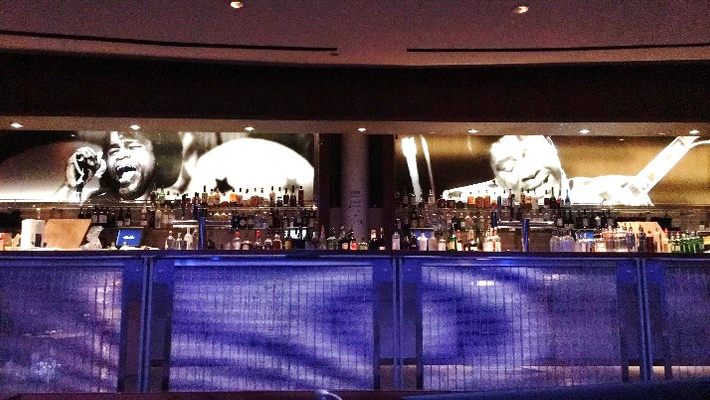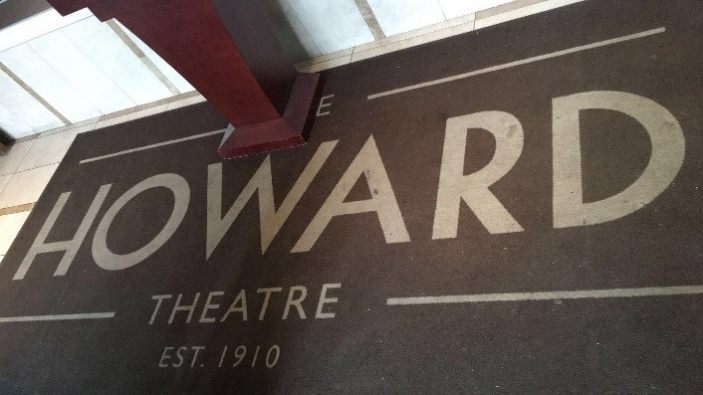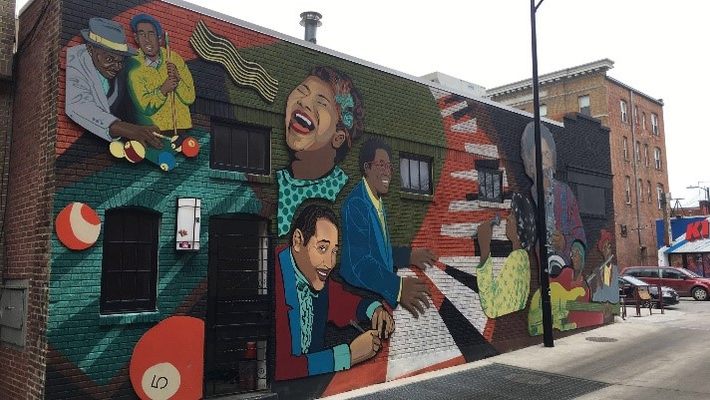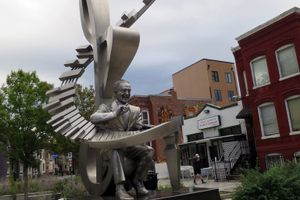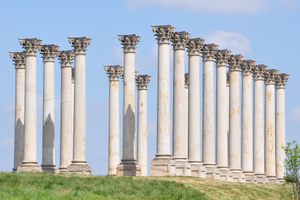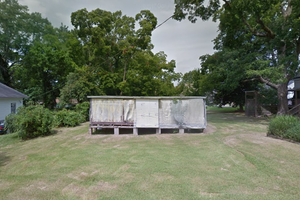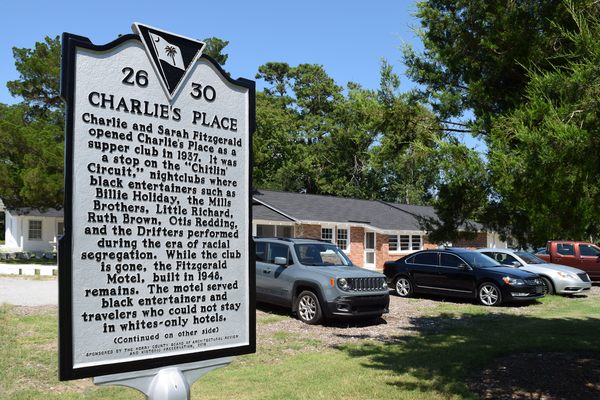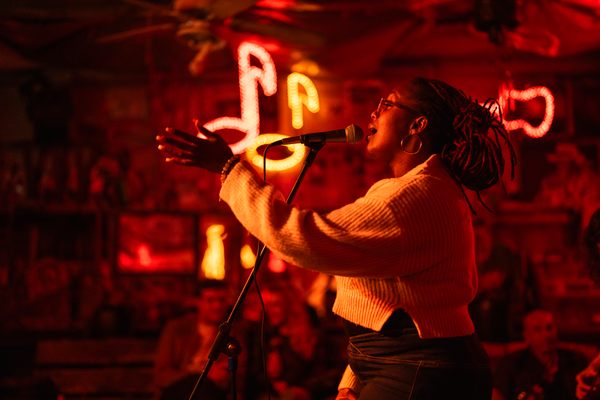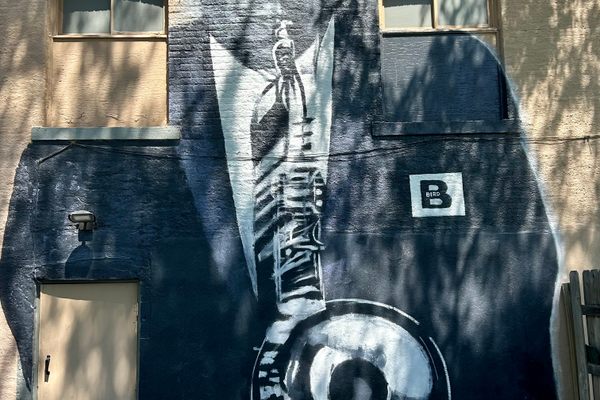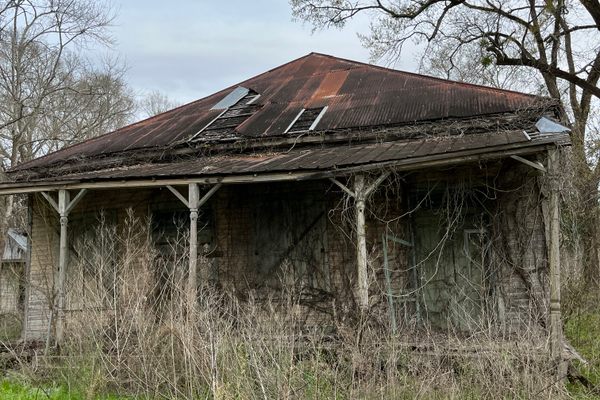About
The Howard Theatre, known as the first Black theater in America, was founded in 1910 in the Shaw neighborhood of Washington, D.C., which surrounds Howard University. It was founded to create a space for Black men and women to be entertained since they weren't allowed into the other venues in the city at the time. Its inception was revolutionary and would go on to attract a range of Black musicians from Louis Armstrong to Kendrick Lamar.
Before the Howard Theatre gained its national reputation, it was known locally for its amateur open-mic style events and its battle of the band style contests. Prior to the Chicago jazz era and the Harlem Renaissance, the Howard Theatre was at the heart of musical exploration.
Of all the Howard Theatre “alumni,” there is one who changed the direction of an entire genre: Duke Ellington. The Duke, who many consider the most important artist in all of jazz history, was known to win many of the band contests held at the theater. As a D.C. native, his career largely started at the Howard. Similarly, one of the greatest jazz vocalists of all time, Ella Fitzgerald, was discovered at the Howards’ amateur night. Her career would take her all around the world, performing hits such as “A-Tisket, A-Tasket” and “Mississippi Goddam” in sold-out shows.
History hasn’t been entirely kind to the Howard Theatre. After the riots following Martin Luther King Junior's assassination, it was difficult to maintain a financially viable business in the Shaw area. The Howard Theatre closed in 1980.
In 2012, after painstaking renovations, eager new investors, a change in fiscal climate, and achieving preservation as a National Historic Landmark, the Howard Theatre reopened its doors to a new generation of artists and fans. The now venue pays tribute to the greats who conquered that stage with a mural of numerous Howard Theatre performers, a variety of pictures, and cases full of memorabilia.
Related Tags
Know Before You Go
Most of the shows at the Howard are primarily standing room. While this can be difficult for older guests, there is an option to buy tickets for the balcony. Trying to catch your favorite artist on their way out of the venue? On the West side of the venue, there’s an alleyway that leads to the stage door.
Community Contributors
Added By
Published
May 1, 2019
Sources
- https://www.washingtonpost.com/lifestyle/magazine/dcs-howard-theatre-what-made-it-an-essential-sanctuary-of-black-washington/2012/04/05/gIQAG35VxS_story.html?utm_term=.ca79f7f32bbb
- https://www.washingtoncitypaper.com/arts/music/blog/21015674/crescendo-in-blue-a-history-of-jazz-in-dc
- https://wamu.org/story/12/03/16/dcs_howard_theatre_gets_a_new_lease_on_life/
- https://www.jstor.org/stable/j.ctvvnh25.9
